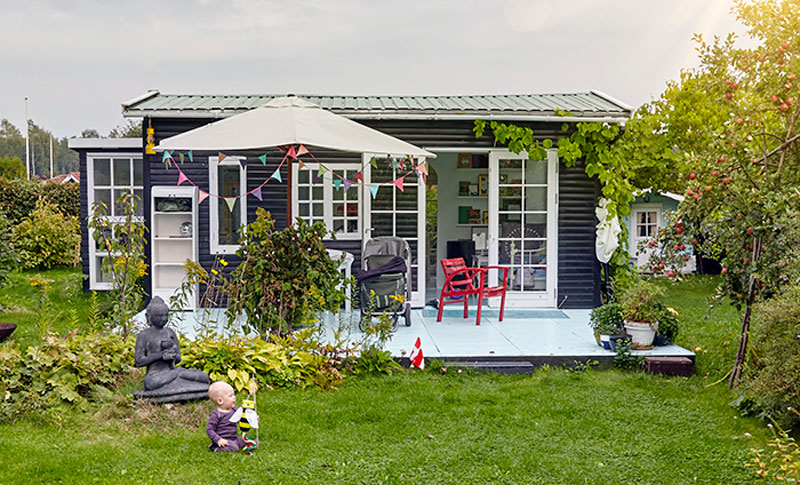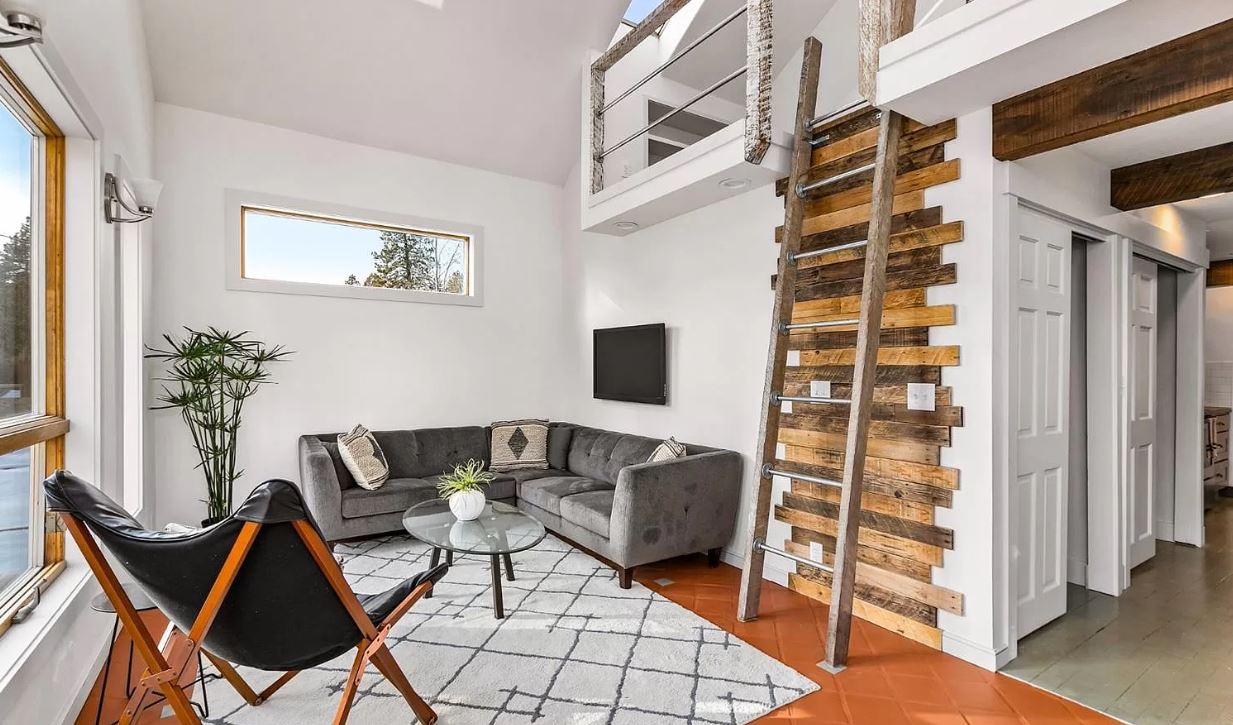Do ADUs Increase a Home’s Value?
UPDATED for 2021
If you’re looking to increase the value of your investment property, you’ve likely considered adding an Accessory Dwelling Unit (ADU). But how valued are ADUs, and what should you keep in mind as you plan your project?
What is an ADU?
An ADU is a self-contained secondary housing unit built on property that already has a primary home. Sometimes called granny flats, mother-in-law units, tiny houses, or a variety of other terms, an ADU is intended to add additional housing to a property. Generally thought of as a separate living unit, an ADU can also be a basement apartment or other type of home addition, such as an apartment over a garage. It might provide intergenerational housing for a family, or short- or long-term rental income.

Types of ADUs
There are many types of ADUs. An attached ADU can include new additions to the main house, adding another level to the house, or a suite. Backyard tiny houses would be considered detached ADUs. Garage conversions can be either attached or detached, depending on if the garage is attached to the house or not. Lastly, an internal conversion covers a remodel or upgrade of an attic space or basement, as well as a “junior ADU,” which is a small unit that is entirely contained within the main dwelling.
Demand and need for ADUs
Homeowners love the flexibility of ADUs. While one study from early 2020 showed that ADU permits in Portland were down, it also indicated that interest remains high, with 84 percent of respondents stating that ADUs make homes more desirable to buyers.
The ability to accommodate aging parents or adult children is a real social benefit that is important to many of us. Intergenerational housing has greatly increased in popularity, with many builders catering to these needs from the initial build. ADUs are a smart way to capitalize on those needs. They’re also an increasingly popular way for homeowners to age-in-place. As people age, the ability to conveniently and safely downsize their homes is increasingly important. An ADU — especially one that has no stairs and is on one level — is a good option for an aging couple. They can rent out the ADU while they live in the main house, and then move into the ADU themselves when they need less space and start renting out the main house.
ADU advocates also appreciate the in-fill housing opportunity that ADUs provide. With housing is in short supply in many parts of Oregon, ADUs are one way to increase housing options. Plus, in cities like Portland, Bend, and Eugene, ADUs can help ease the burden of expensive housing. Eugene, for example, is considered “rent-burdened,” which means that a quarter of households that rent their housing spend over half of their income on their rent. ADUs are just one way to provide more housing at a price that is more affordable.
COVID-19 and ADUs
Unsurprisingly, the pandemic greatly increased the appeal of ADUs. As individuals and families struggled to cope with lockdowns, remote work, and remote school, ADUs emerged as a way to partially solve our collective lack of space. Desperate for some extra room (or maybe just a break from the kids!), tiny houses have become an affordable, efficient way to enhance homes. Whether used for offices, gyms, or bedrooms, ADUs offer endless opportunities.
ADUS in Portland, OR
Portland is poised to become even more friendly to ADUs, with new regulations that make it easier to add an ADU to an existing lot. One recent bill took effect in the fall of 2021 and other changes will be adopted by summer of 2022.
How ADUs add monetary value
Beyond the social benefits, ADUs provide many financial benefits. Depending on your project and your region, ADUs may increase your property value by as much as 20-30 percent! Additionally, one survey found that properties with ADUs increased their resale value by over 50 percent. The ability to rent property (and thus generate monthly income) is a strong draw for many homeowners, as is the ability to provide living quarters or even just extra space for family members.
How much does an ADU cost?
With a wide range of options, ADU costs vary greatly. A simple conversion might cost $30,000, while a separate tiny house can run well over $100,000. In addition to the actual construction, the design process can account for a significant cost, as can the permitting. Before you start your project, ensure that you contact your local municipality to get the most recent information on permits and zoning requirements. This way, you will not get hit with unexpected expenses.
How to get the most value out of an ADU
When you start planning your ADU, you should first understand how much the unit could generate in rental income. Check comparable properties and properties that are pending sale or have been recently sold to help figure out if the costs of the ADU will be recouped after a few years of rental. Comparing estimated expenses against potential income is the best way to determine if an ADU project is the right fit.
Plus, when planning your project, it’s necessary to keep the main property in mind. The ADU shouldn’t look awkward or out of place, and it should be just as stylish as the primary residence.

Ready to get started?
AIC is actively seeking out new loan requests. Contact us today at 971-224-5145 if you’re looking for a lender for your rehab and ADU project!
Categories: Investing Strategies, Real Estate News & Trends

